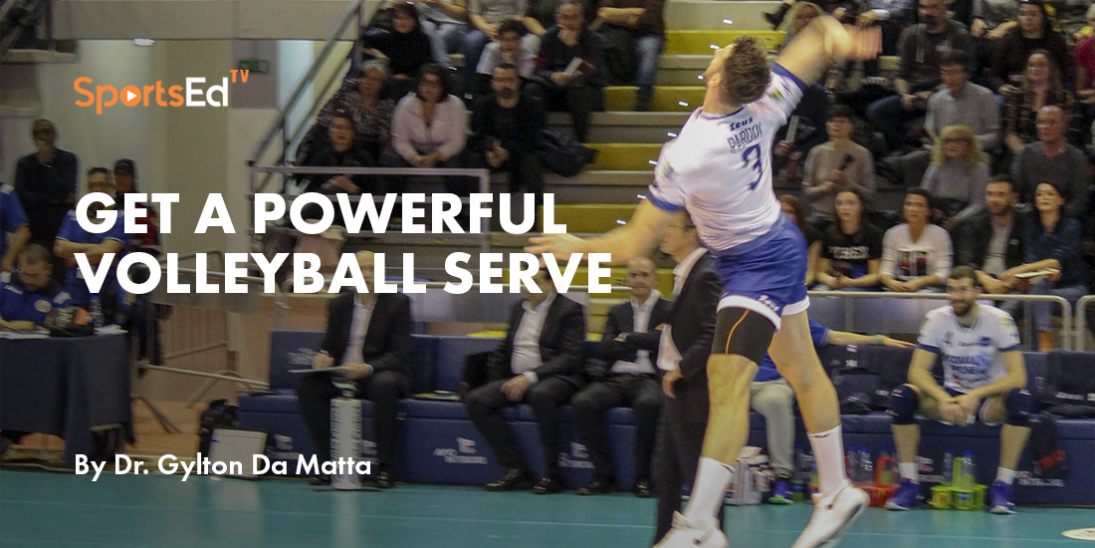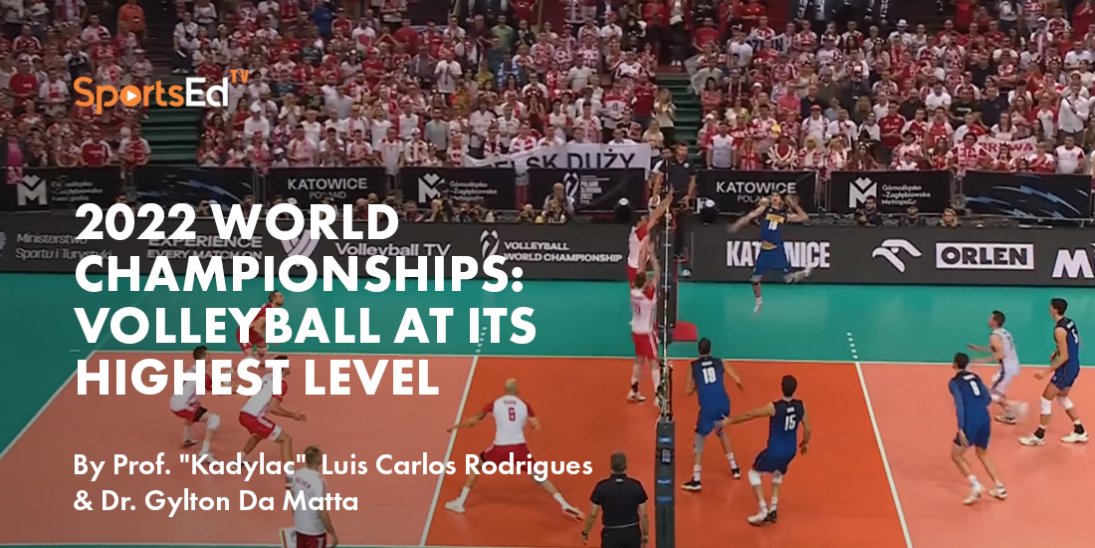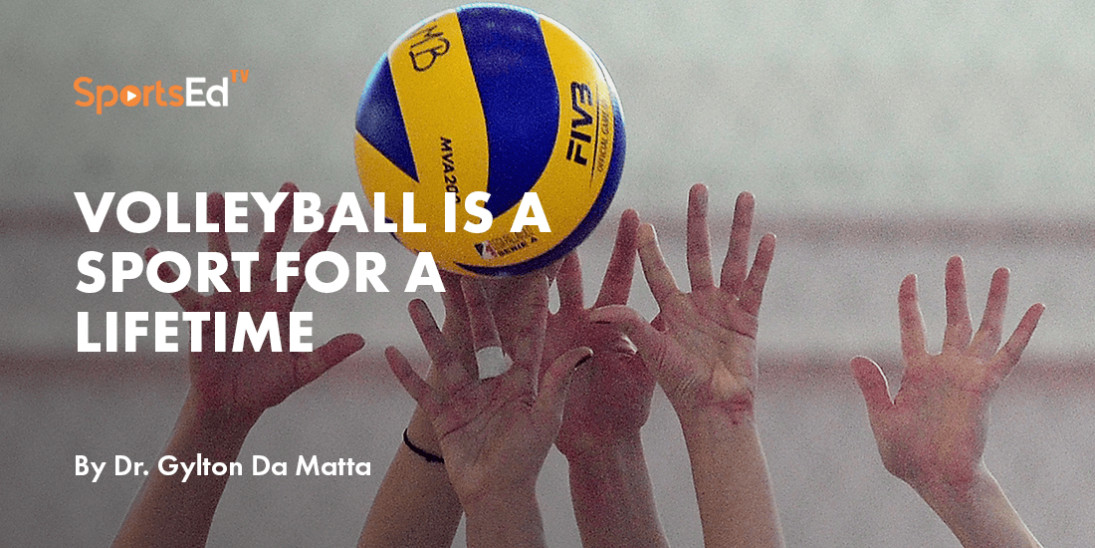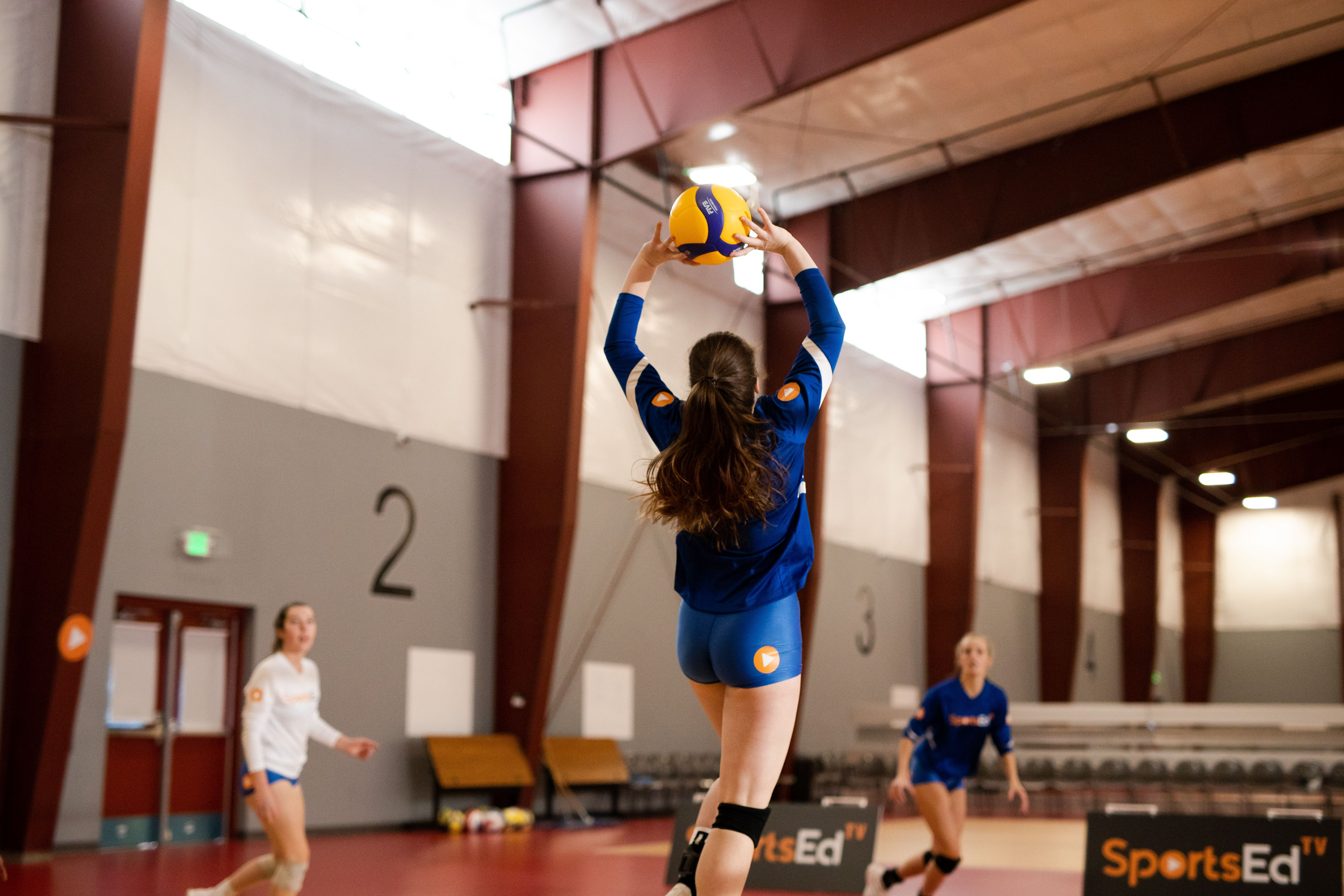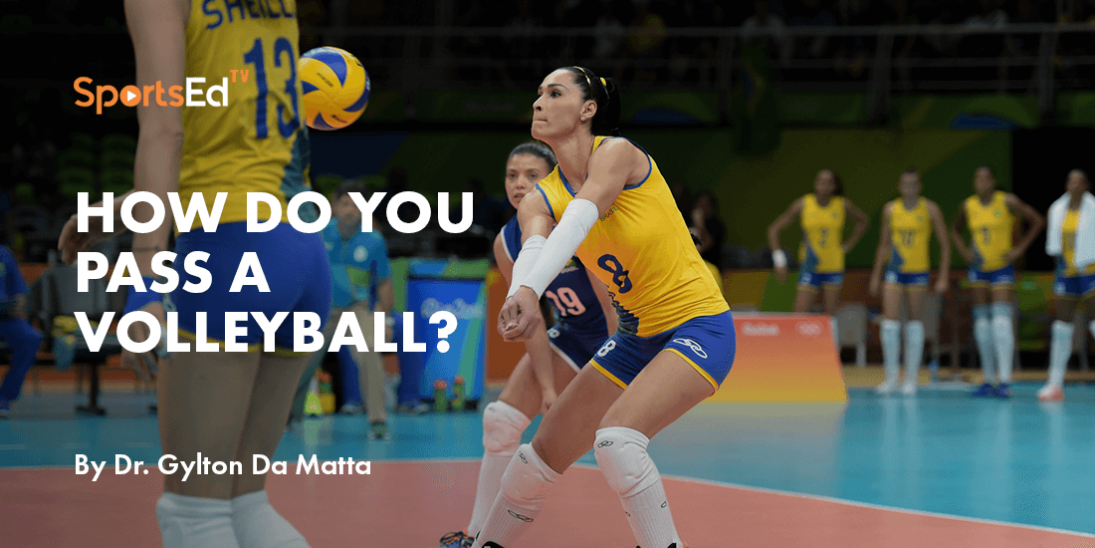Volleyball
Welcome and thanks for visiting...

FOCUS OF ATTENTION & THE SCIENCE OF TEACHING VOLLEYBALL
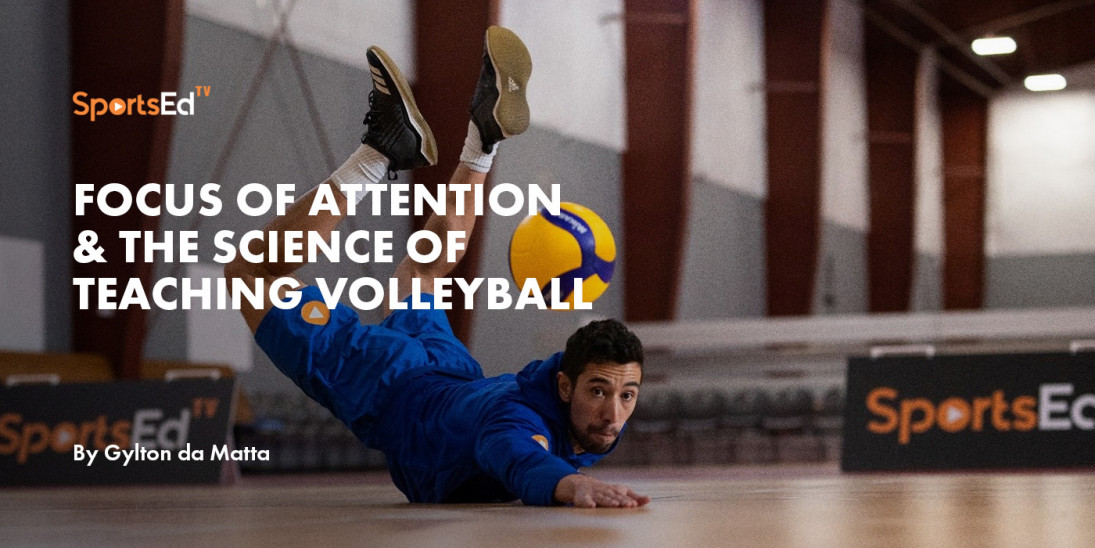
By Danilo Gomes Arruda, Masters of Science Candidate at the University of Wyoming & Dr. Gylton B. Da Matta, SportsEdTV Volleyball Director.
As coaches, we are constantly trying to find the best ways to improve athletes' performance. Definitely, one of the most fundamental ways to do that is by providing effective instructions, efficient tasks and positive, congruent volleyball specific feedback.
Although the instructions and feedback can be given in many ways, they usually affect how athletes direct their attention. For example, when saying: "Make sure to bend your knees to set," we are directing the attention to internal components related to proprioceptive body movements (form, technique, etc.), while saying: "You must set the ball higher," we are directing the athletes' attention to external components or movement effects (ball, teammates' position, etc.).
Undeniably, coaches have been using both strategies for decades. However, we want to know which strategy is best for performance and learning.
Most of the studies consistently show that the external focus of attention is more efficient in improving performance and learning than the internal focus of attention. You have your choices but the issue is more complicated, so let's reflect and dig into that!
When internal and external instructions/feedback were compared, most of the studies found the best performance utilizing the external attentional focus (See review 1). According to the authors, when the focus of attention is directed internally, for instance, to joints or specific movements, it hinders the natural mechanisms of movement control.
So, when adopting an external focus of attention, the brain can better self-organize the movement, generating a smoother gesture with improved performance.
A science-based approach towards teaching and coaching volleyball can facilitate the process of expertise development and long-term development of elite volleyball players (as well as people who love to play volleyball as a lifestyle.) Notice that we also consider the issue of individuality and the issues of generalizability, therefore addressing focus of attention might, perhaps enlighten the teaching strategies of thousands of volleyball coaches who are in search of a data-driven approach to their practices. These strategies have been observed by top programs ranked 17 years as number 1 by the FIVB.
Conversely, when studies measured kinematics, many studies have found a superiority of the internal focus for novice players 2. The internal focus can guide the player on relevant kinesthetic or perceptual cues, and it might improve performance due to a more efficient technique. Therefore, the worst performance under an internal FOA occurs only for expert players because they have already automatized their movements. Any change in their attention will certainly affect performance.
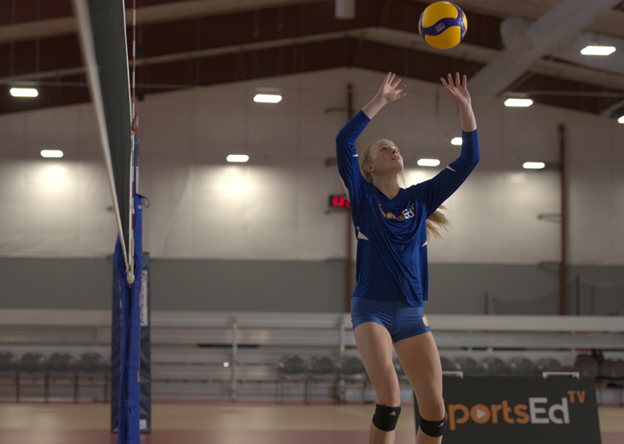
Novice players are in the early stage of learning. In this stage, the performer consciously executes the movement trying to find the best movement solution. Therefore, directing attentional resources to non-automatized processes, such as a specific technique and relevant skill cues, can help the learner to find the best movement solutions. Thus, the internal strategy can be adopted in practice, aiming to learn a new technique or even changing some poor-learned techniques 3. Such an approach is closely related to the strategies of changing the environment to facilitate learning.
For instance, providing learners with a target, overcoming an elastic above the net, and attacking around a block (or in between two obstacles that elicit the context of double or triple blockers) represent some examples of an external focus of attention. Many athletes, parents, and teachers need to read this, but if you have already found this, great!
Ok, now that we have an idea of this concept, we can explore what has been studied in volleyball.
To date, only two studies have studied attentional strategies in volleyball, more specifically investigating serve. In one study, the results showed that focusing on the hand movement for a topspin serve was worse than focusing on the target's position on the opponent's court.4 In another study, Wulf and colleagues5 investigated the attentional strategies in the tennis serve for novice and skilled players, one group received internal feedback while the other group received external instructions. Both groups participated in two training sessions of 25 trials, and one extra testing (retention) session of 15 trials was made a week later. During the practice trials, at every 5th trial, the coach would provide feedback using either internal or external instructions (Figure – 1). The participants were tested regarding their form and accuracy (targets on the court).
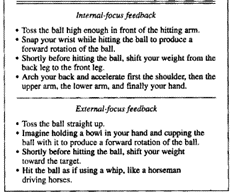
The external group significantly outperformed the internal group in accuracy. Also, during the practice trials, the external focus promoted a significantly better technique, but during the retention tests, both strategies seemed to be efficient in improving the form. Although this study has several limitations, such as using a very short training period, not measuring kinematics, and not including a control condition, this study used a very interesting way to provide instructions, which is the use of analogies. So, the coach can come up with analogies to facilitate the athletes' application of those cues.
It is important to say that the internal focus is a feasible strategy and can be used! I would not recommend using internal focus during competitions or game situations because it might affect performance, mainly for advanced athletes. Although using the internal focus of attention has been deemed as bad, it has been shown effective in changing kinematics, when many times the external attention is redundant. In the literature, most of the studies have measured only the performance, but for expert coaches, many times, the goal is to teach the proper form and consequently to improve performance in the long-term run. This seems to be simple but has many implications for training goals.
We are running a research at the University of Wyoming with attentional instructions in volleyball setting. Therefore, the participants receive a ball tossed by a machine and do a volleyball set to a target. The preliminary results show that the internal focus of attention does not decrease performance.
Also, the novice players usually consider the internal instructions easier to be followed. Also, we are investigating coordination to see whether attentional strategies affect the movement pattern. The official findings should come out in the first semester next year, and for sure, we will share it with you all.
Hopefully, the findings will help coaches and people involved with sports on how to provide effective instructions to improve performance and movement form. The most relevant articles for volleyball are yet to be published. We believe that many volleyball scholars have more intriguing investigations regarding volleyball expertise and coaching effectiveness.
We are in the dawn of volleyball science. The purpose of these studies is to provide coaches, parents, and athletes the uncertainty of what ways of teaching will be more effective and more efficient to develop expert volleyball players and citizens who will be active for a lifetime, hopefully, because they learned proper skills from a science-based approach.
References
- Wulf G. Attentional focus and motor learning: A review of 15 years. International Review of Sport and Exercise Psychology 2013; 6: 77–104.
- Beilock SL, Bertenthal BI, McCoy AM, et al. Haste does not always make waste: Expertise, direction of attention, and speed versus accuracy in performing sensorimotor skills. Psychonomic Bulletin and Review 2004; 11: 373–379.
- Beilock SL, Gray R. From attentional control to attentional spillover: A skill-level investigation of attention, movement, and performance outcomes. Human Movement Science 2012; 31: 1473–1499.
- Alishah ER, Ates O, Ahmadi M, et al. THE EFFECTS OF ATTENTIONAL FOCUS ON THE PERFORMANCE OF VOLLEYBALL JUMP SERVE IN ELITE PLAYERS. Physical Education and Sport Science 2017; 3: 49.
- Wulf G, McConnel N, Gärtner M, et al. Enhancing the learning of sport skills through external-focus feedback. Journal of Motor Behavior 2002; 34: 171–182.
Prof. Danilo Gomes Arruda is a graduate Assistant finishing his Masters of Science degree at the University of Wyoming/ Motor Learning and Motor Control Department. His is a co-author of the VOLLEYBALL EXPERTISE FOR THE XXI CENTURY with Dr. Gylton Da Matta and a SportsEdTV contributor.
Dr. Gylton B. Da Matta is a faculty of Research Methods at Colorado State University in the School of Education and in the Sports Management Department. Dr. Da Matta is a consultant for elite volleyball programs worldwide, a technical evaluator for the FIVB, a researcher and author of the VOLLEYBALL EXPERTISE FOR THE XXI CENTURY as an Editor and author. He is also the Executive Director of Volleyball for SportsEdTV.




